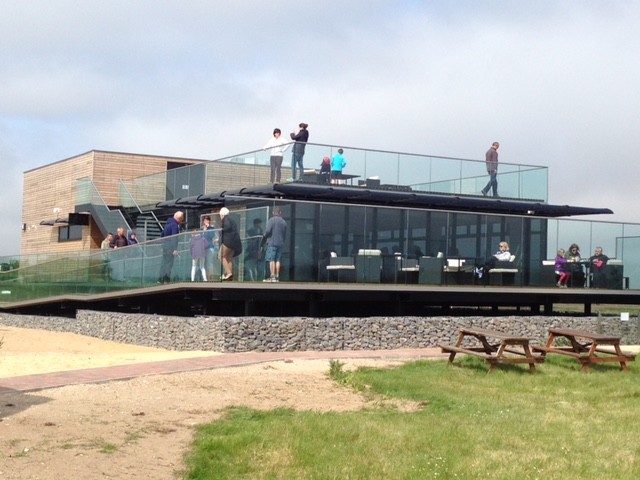Call us on - 01205 871555
Adult Only - 5 Star Caravan Touring Park
Nature Reserves
Gibraltar Point
Gibraltar Point National Nature Reserve covers three miles of coast from Skegness to The Wash. Habitats include sandy and muddy seashore, sand dunes, saltmarsh and freshwater marsh with ponds and lagoons. The reserve is recognised internationally for its important habitats and species.
The Lincolnshire Wildlife Trust manages this unspoilt stretch of coastline for all to enjoy. Conservation of the natural habitats often includes traditional methods such as livestock grazing. The new multi-million pound Visitor Centre is now open after the 2013 floods and offers excellent facilities.
Web Link: www.lincstrust.org.uk
Snipe Dales
There are two waymarked routes starting from the Nature Reserve car park. A short walk of about 3.2 km (2 miles), known as the 'Water Holt Trail', has orange markers. There is also the 'Snipe Dales Round' of about 6.4 km (4 miles), marked in red, which takes in the whole of the Nature Reserve and the Country Park. Along the route there are information boards that explain in greater detail some of the features to be seen.
The reserve consists of two main valleys fretted by streams. The higher slopes are covered by rough grassland, while lower down, at the junction of the sandstone and clay, the springline is indicated by tufted hair-grass, rushes and ferns. The valley bottoms and other wet areas have a dense, tall, herb flora in summer, comprising meadowsweet, great willowherb and great horsetail.
Drier slopes are clothed by extensive stands of bracken and rosebay willowherb. There is evidence of much more woodland in the past: oak and ash on the higher slopes where a woodland flora with bluebells and primroses survives, and alder and willow chiefly in the lateral valleys. Oak and ash have been planted to restore woodland cover, while alder and willow have been planted in some of the wetter holts.
Web Link: www.lincstrust.org.uk
RSPB Frampton Marsh
Frampton Marsh nature reserve is at the leading edge of visitor and habitat nature conservation planning. Every aspect of the new habitats and facilities have been designed to maximise the value for wildlife and the bird watching opportunities for visitors.
New facilities include a visitor centre with toilets; the centre has a refreshments area where you can get a hot or cold drink and a snack. We also have three hides - two with 360-degree views - and over 3 km of new footpaths to explore.
Web Link: https://www.rspb.org.uk/discoverandenjoynature/seenature/reserves/guide/f/framptonmarsh/
PRSPB Freiston Shore
At Freiston Shore nature reserve you can get excellent views of waterbirds on the salt water lagoon, especially at high tide when wading birds roost, sometimes in their thousands.
Summer is a good time to see nesting wading birds, including avocets and ringed plovers. In winter, brent geese congregate along with ducks such as wigeons, pintails, teals and shelducks. Tree sparrows, yellowhammers and skylarks are common around the reserve throughout the year.
The saltmarsh is good for watching hunting birds of prey, while eiders and red-breasted mergansers and other diving ducks can be seen offshore during winter.
Web Link: http://www.rspb.org.uk/discoverandenjoynature/seenature/reserves/guide/f/freistonshore/index.aspx
You can explore some other places to visit during your stay by clicking here
Quick Contact
Contact Info
Address: Long Acres Touring Park, Station Rd. Old Leake, Boston PE22 9RF
Call: 01205 871555
Email: [email protected]
Links to read our
Privacy Policy
Access Statement
Environmental Policy
Terms & Conditions
© 2025 Long Acres Touring Park


